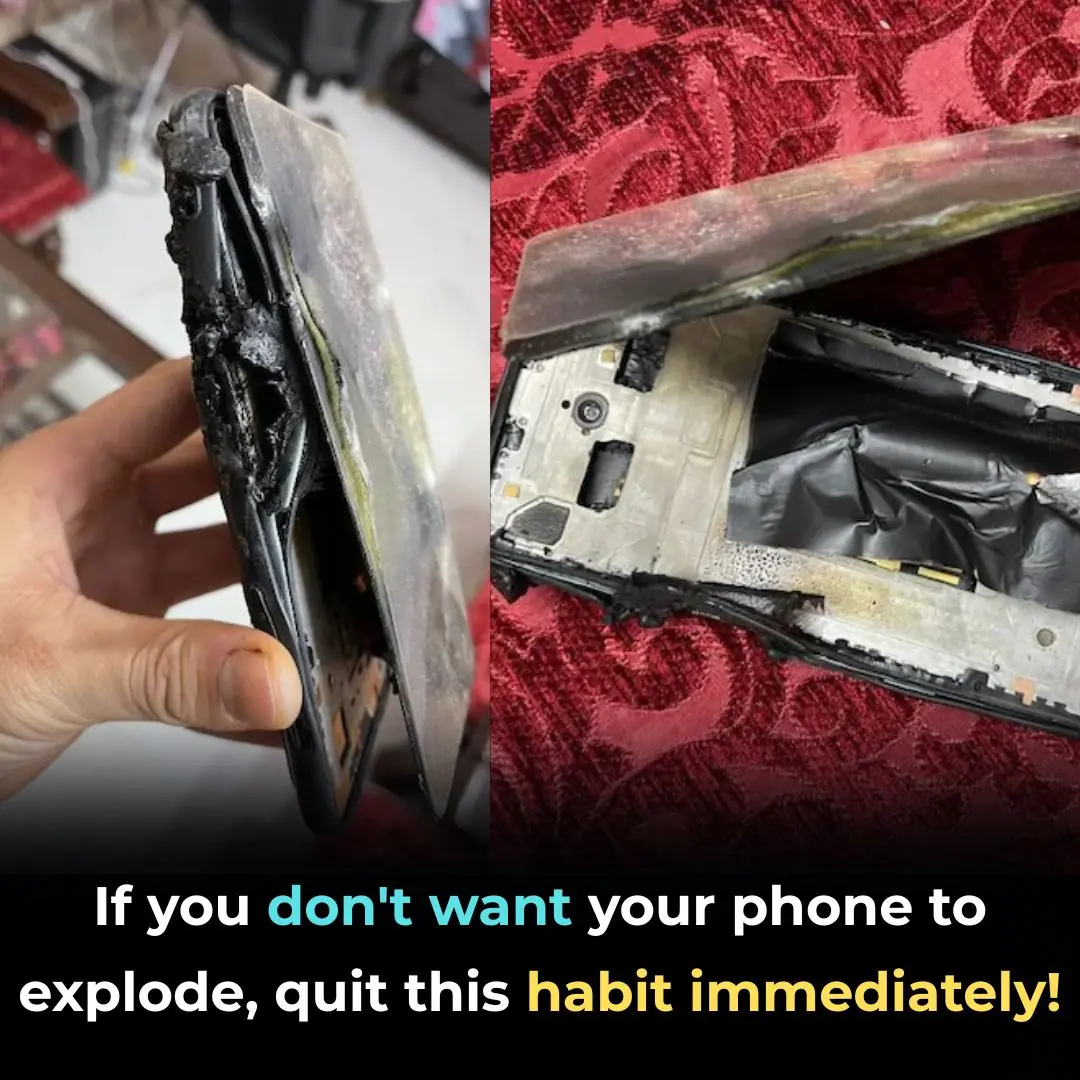
Save Millions of Dong in Electricity Bills Each Year by Cleaning This Hidden Part of Your Rice Cooker
If you don’t clean this specific part of your rice cooker properly, your appliance won’t just consume more power — it can also shorten its lifespan, cause unevenly cooked rice, or even burn your food.
The rice cooker is an essential kitchen appliance that nearly every household uses daily. Yet, many people overlook the importance of cleaning it thoroughly. Over time, residue and dust can build up inside, leading to problems such as longer cooking times, higher electricity consumption, unpleasant smells, or rice that’s either too dry, burnt, or undercooked.
Why Cleaning Matters
Improper cleaning doesn’t just make your rice taste worse — it directly affects how efficiently your rice cooker operates. When dust, food residue, or moisture build up inside, especially near the heating plate, the cooker has to work harder to reach and maintain the correct temperature. That means more electricity is wasted every time you cook.
Regularly cleaning the right spot not only ensures perfectly cooked, fluffy rice but can also extend the lifespan of your appliance by years.
The Hidden Part Everyone Forgets: The Heating Plate
When cleaning your rice cooker, most people focus only on the removable inner pot, the lid, and the exterior surface. However, there’s one crucial part that’s often ignored — the heating plate, also known as the thermal disc or heating element, located at the bottom of the cooker.
This is the main component that generates heat to cook your rice. It functions like the heating coil of an electric stove, designed in a slightly concave circular shape to transfer heat evenly to the inner pot. Over time, grains of rice, grease, and dust can stick to this plate, forming a thin insulating layer that disrupts heat transfer.
As a result, your cooker uses more power, cooks less efficiently, and your rice may come out undercooked in some spots and burnt in others.
How to Clean the Heating Plate Properly
You’ll be surprised how easy it is to clean this part — and how much difference it can make in your rice cooker’s performance.
What you’ll need:
-
White vinegar
-
A soft sponge or kitchen scrubber
-
A damp cloth
-
Paper towels or a dry cloth
Step 1:
Pour a small amount of white vinegar onto the soft side of your kitchen sponge.
Step 2:
Gently wipe the heating plate to remove any food residue, dust, or sticky spots. Don’t forget to clean the surrounding inner bottom area where the pot sits — it often collects small grains or moisture.
Step 3:
If the stains are stubborn, apply a little more vinegar and let it sit for 10–15 minutes. Then wipe again with the sponge until the surface looks shiny and clean.
Step 4:
Use a damp cloth to wipe off any remaining vinegar or loosened debris. If needed, repeat the process once or twice for thorough cleaning.
Step 5:
Finally, use paper towels or a dry cloth to absorb any remaining moisture. The heating plate should now look bright, smooth, and spotless — ready to work efficiently again.
Expert Tips for Best Results
-
Always unplug the rice cooker before cleaning and wait until the inside cools completely.
-
Never pour water directly into the heating chamber — moisture can damage the electronic parts underneath.
-
Use white vinegar or lemon juice instead of harsh cleaners; they naturally dissolve residue and deodorize without leaving harmful chemicals.
-
Clean the heating plate once every 1–2 weeks if you use your rice cooker regularly.
-
After cleaning, leave the lid open for a few hours to ensure everything is dry before storing or using again.
The Benefits You’ll Notice
After a few cleanings, you’ll likely see:
-
Shorter cooking times — your rice will cook faster and more evenly.
-
Lower electricity bills — a clean heating plate transfers heat more efficiently.
-
Fresher-tasting rice — free of burnt odors or uneven texture.
-
A longer-lasting appliance — keeping the heating system clean prevents overheating and internal corrosion.
In Conclusion
A rice cooker might seem simple, but it’s a small machine that works hard every day. The heating plate is the heart of that system — and when it’s clean, everything else works better.
By taking just 10 minutes every few weeks to clean this often-forgotten part, you can save millions of dong each year on electricity, make your rice taste better, and keep your rice cooker running like new for years to come.
So next time you notice your rice taking longer to cook, don’t rush to buy a new appliance — grab a sponge and a bit of vinegar instead. Your rice (and your wallet) will thank you!
News in the same category


Objects That May Be Harming Your Health Without You Noticing
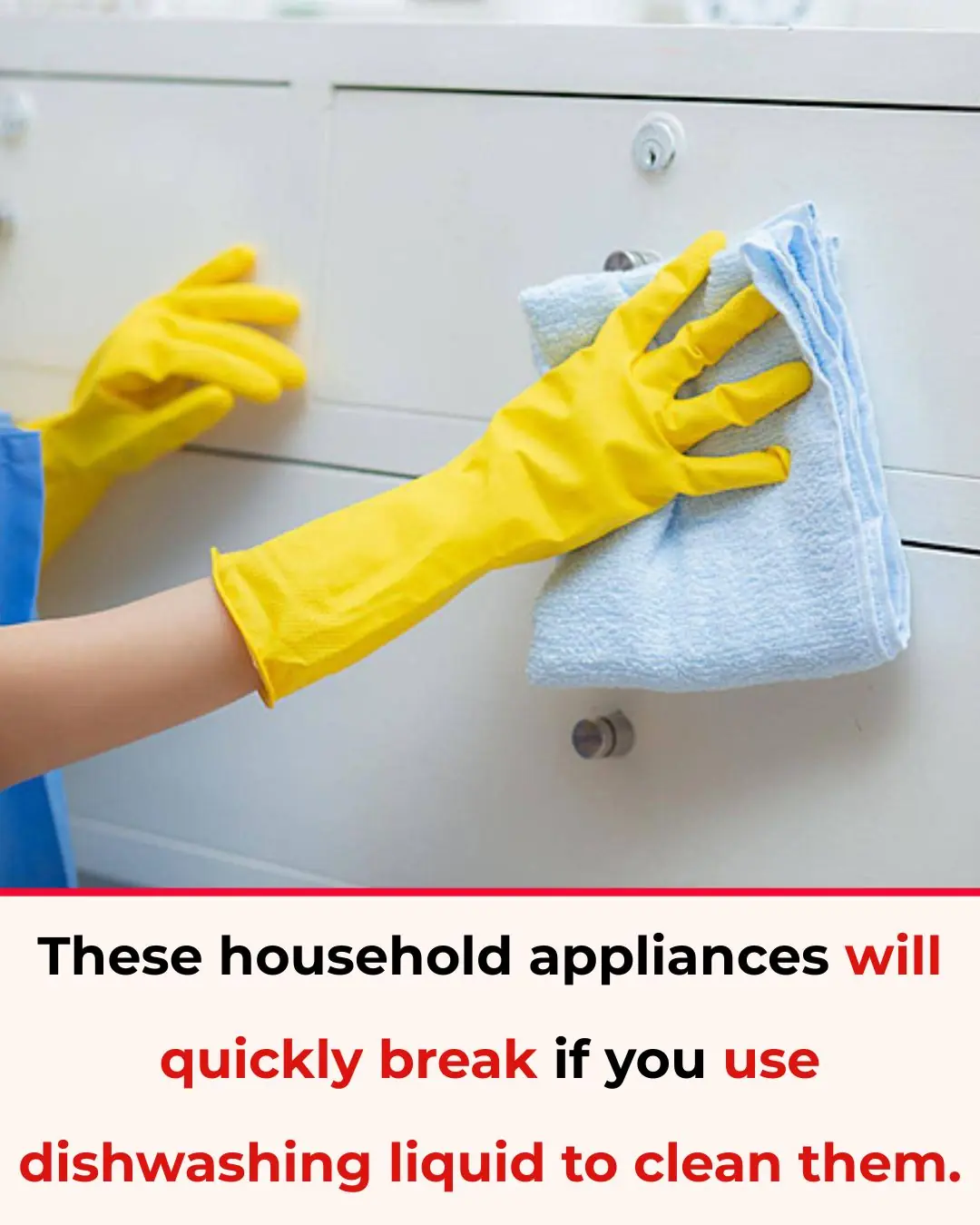
Household Items That Quickly Get Damaged If You Clean Them with Dish Soap

You are doing it all wrong. Here's the right way to eat eggs

My nana taught me this hack to get rid of puffy eyes in 2 mins with 0 work. Here’s how it works

How to Grow Papaya in Pots: Heavy Harvests of Big, Sweet Fruit

4 Ways to Cook Chicken Without Using Water
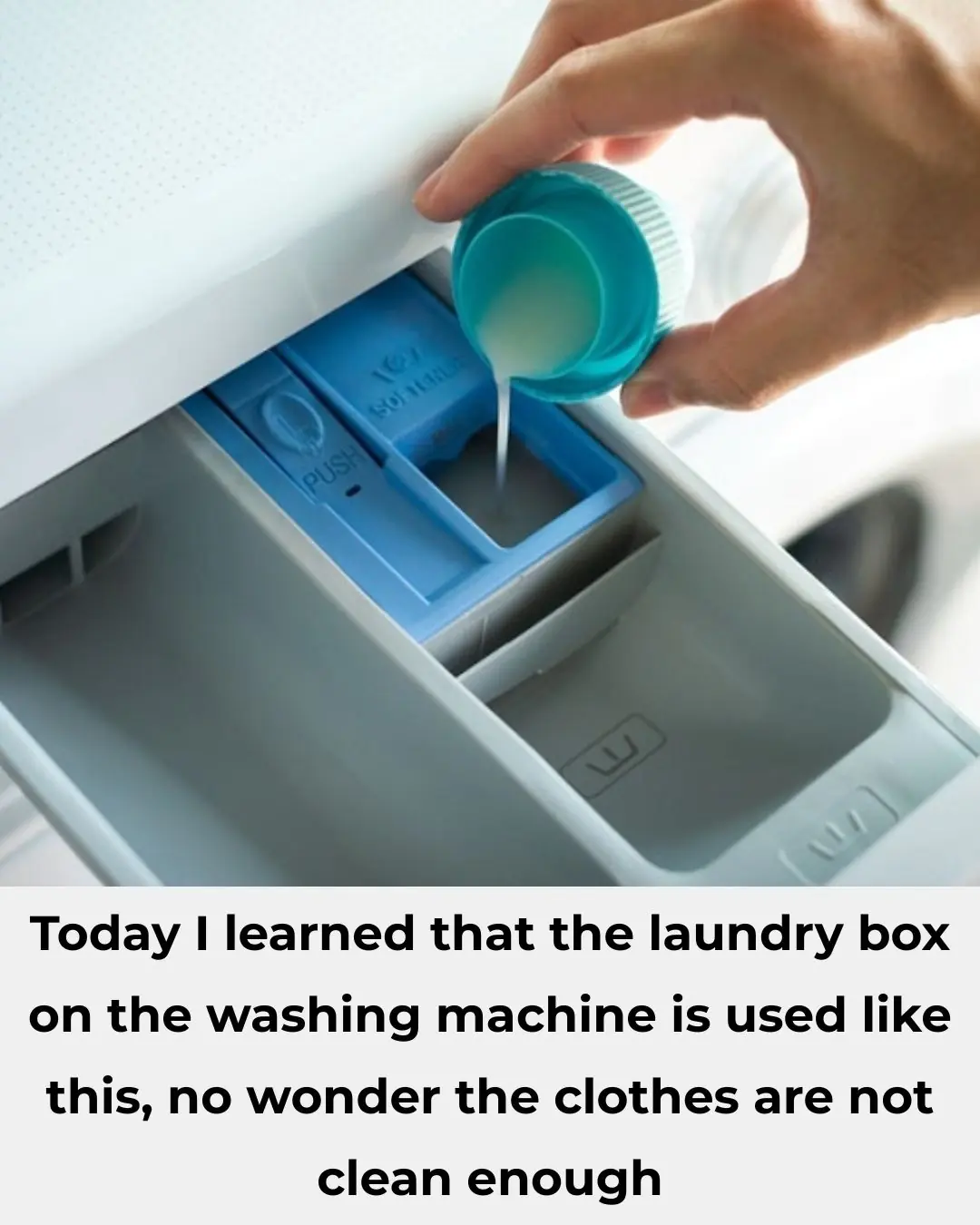
Today I Learned How to Use the Detergent Drawer on a Washing Machine—No Wonder My Clothes Weren’t Getting Fully Clean

My nana taught me this hack to get rid of grill gunk in 4 mins with 0 work. Here’s how it works

Most do this wrong: 10 things you're over-washing
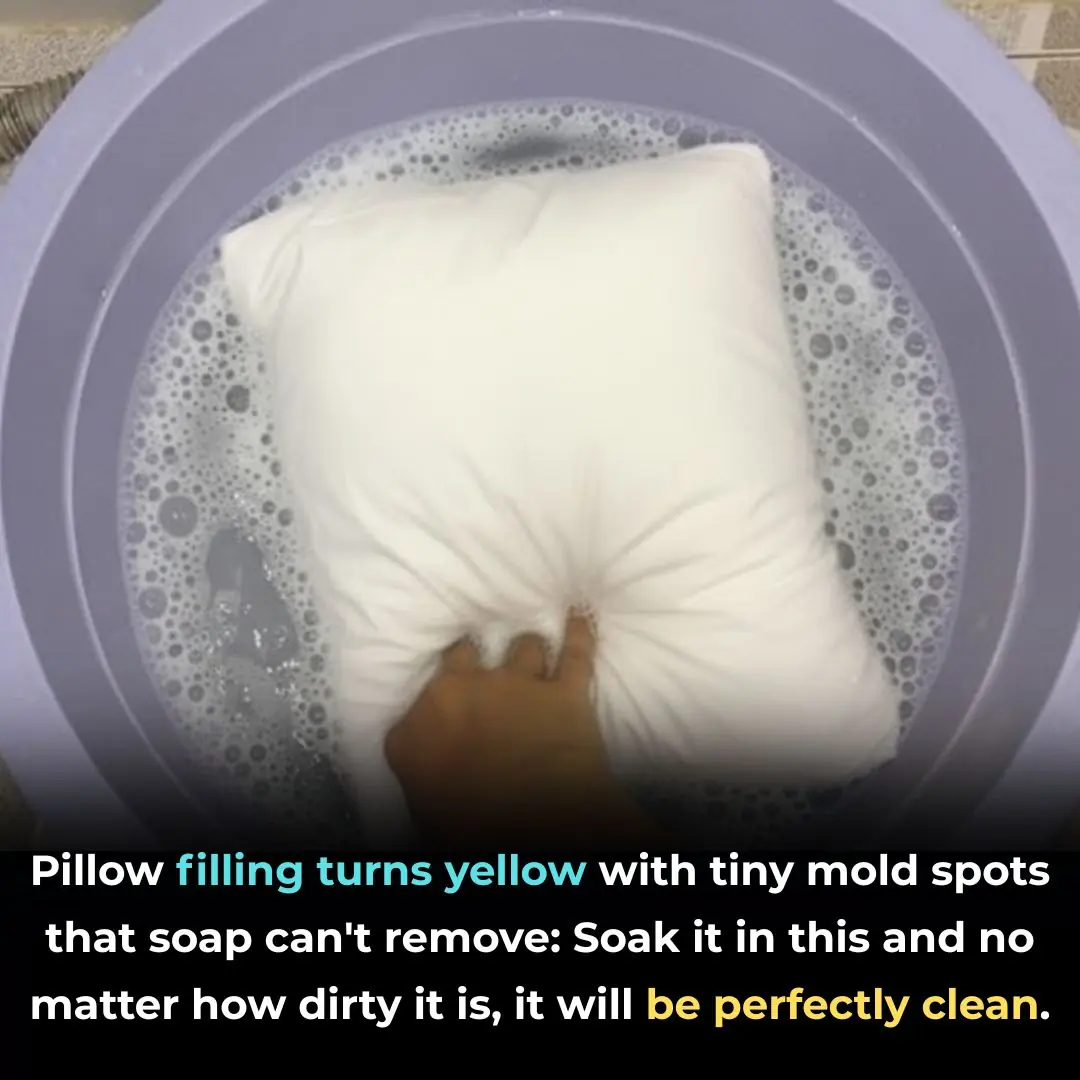
Pillow filling turns yellow with tiny mold spots that soap can't remove: Soak it in this and even heavy dirt will come out spotless
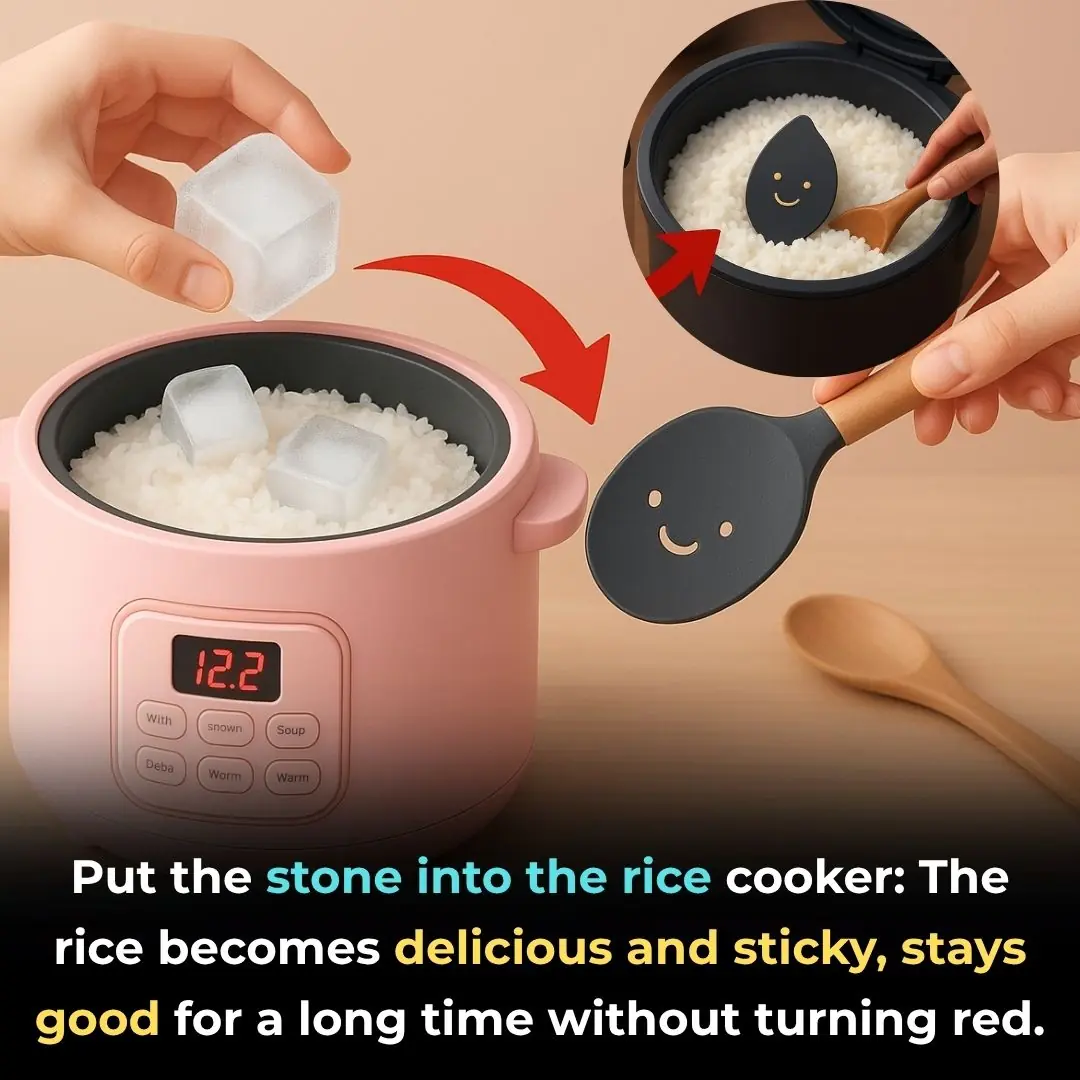
Put the stone into the rice cooker: The rice becomes delicious and sticky, stays good for a long time without turning red.

Natural substances in honey when consumed in the morning help detoxify the body and are effective for weight loss.

Boil bananas for a week and eat them before meals, and something surprising will happen.
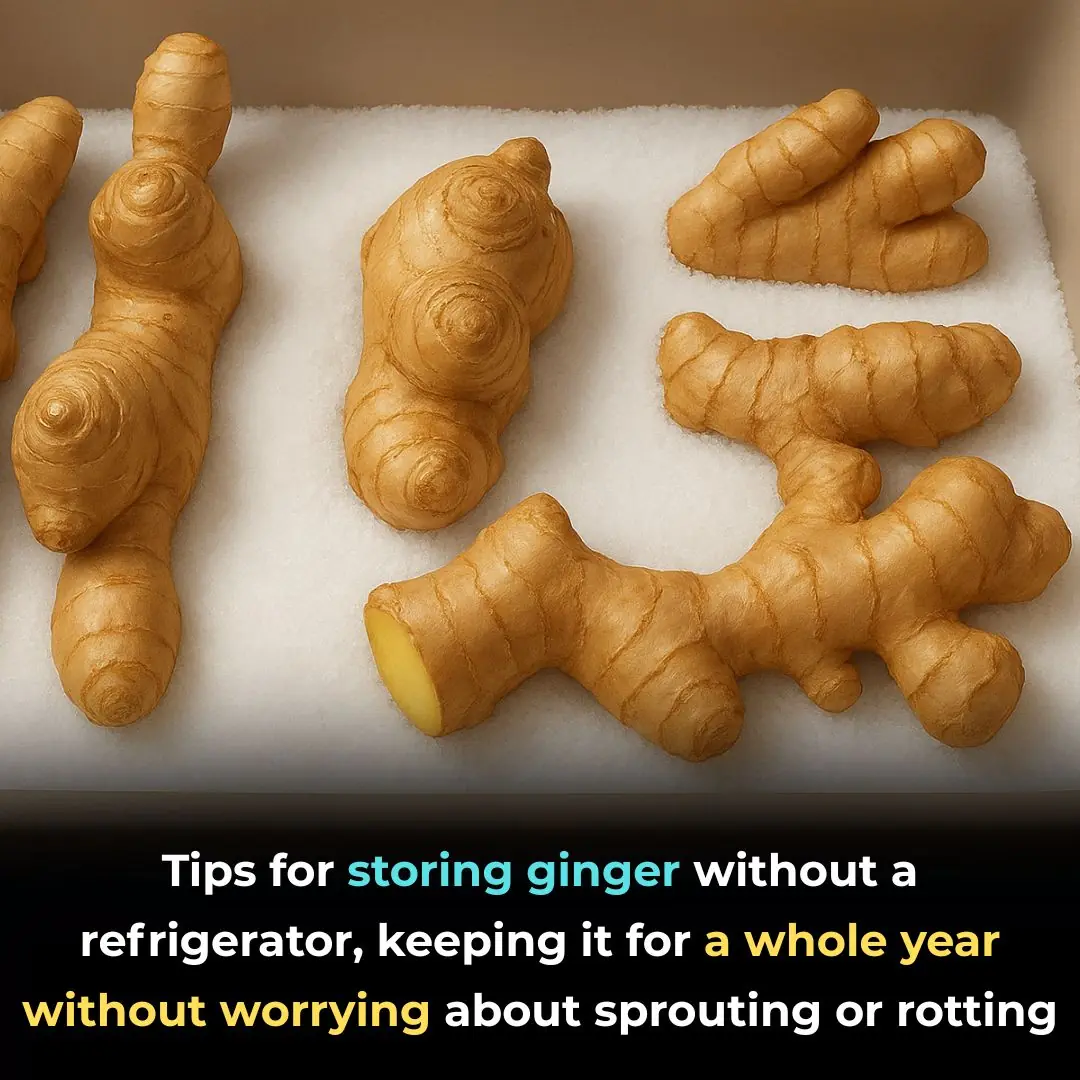
Tips for storing ginger without a refrigerator, keeping it for a whole year without worrying about sprouting or rotting
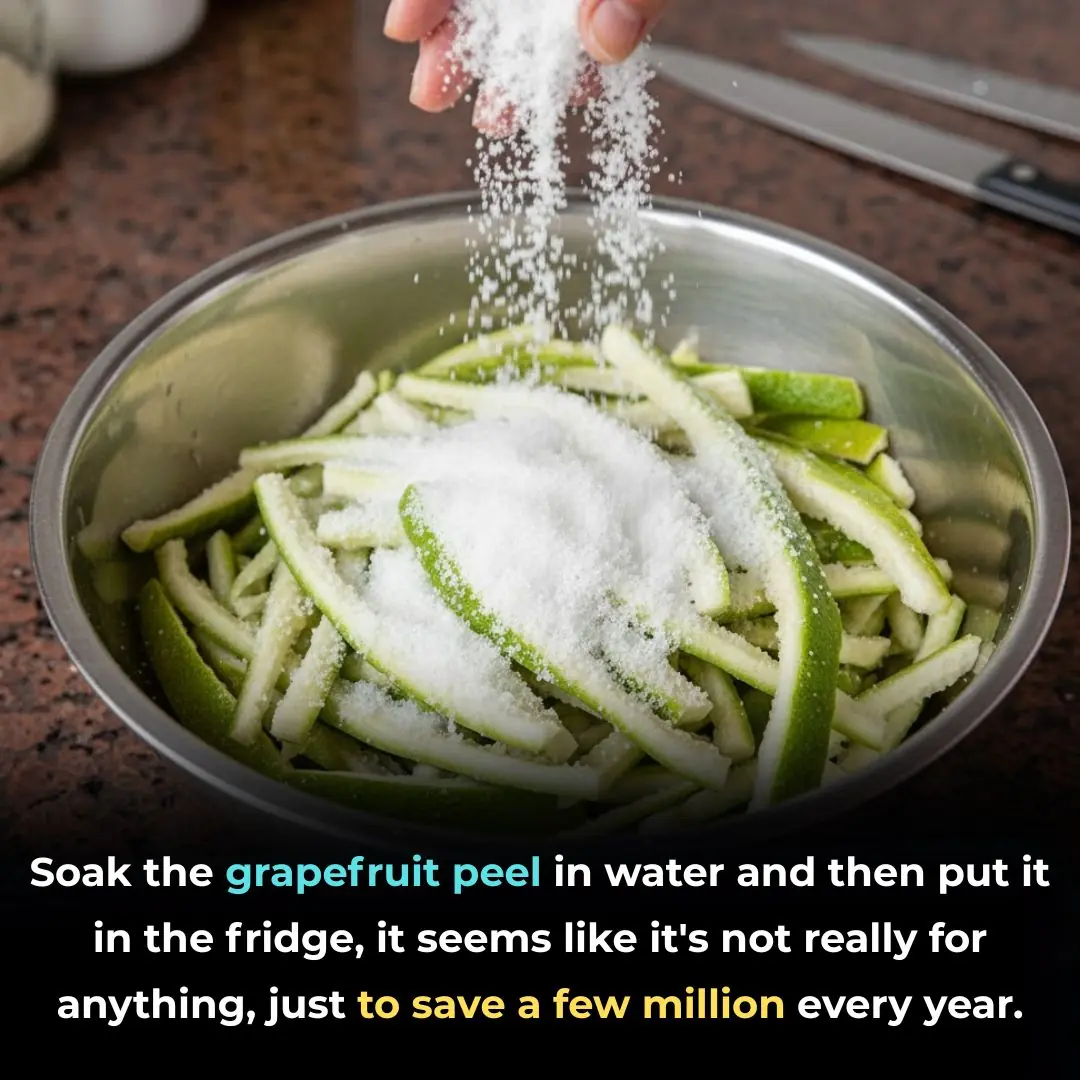
Soak grapefruit peels in water and then place them in the fridge, seems like it's not for anything but to save money every year
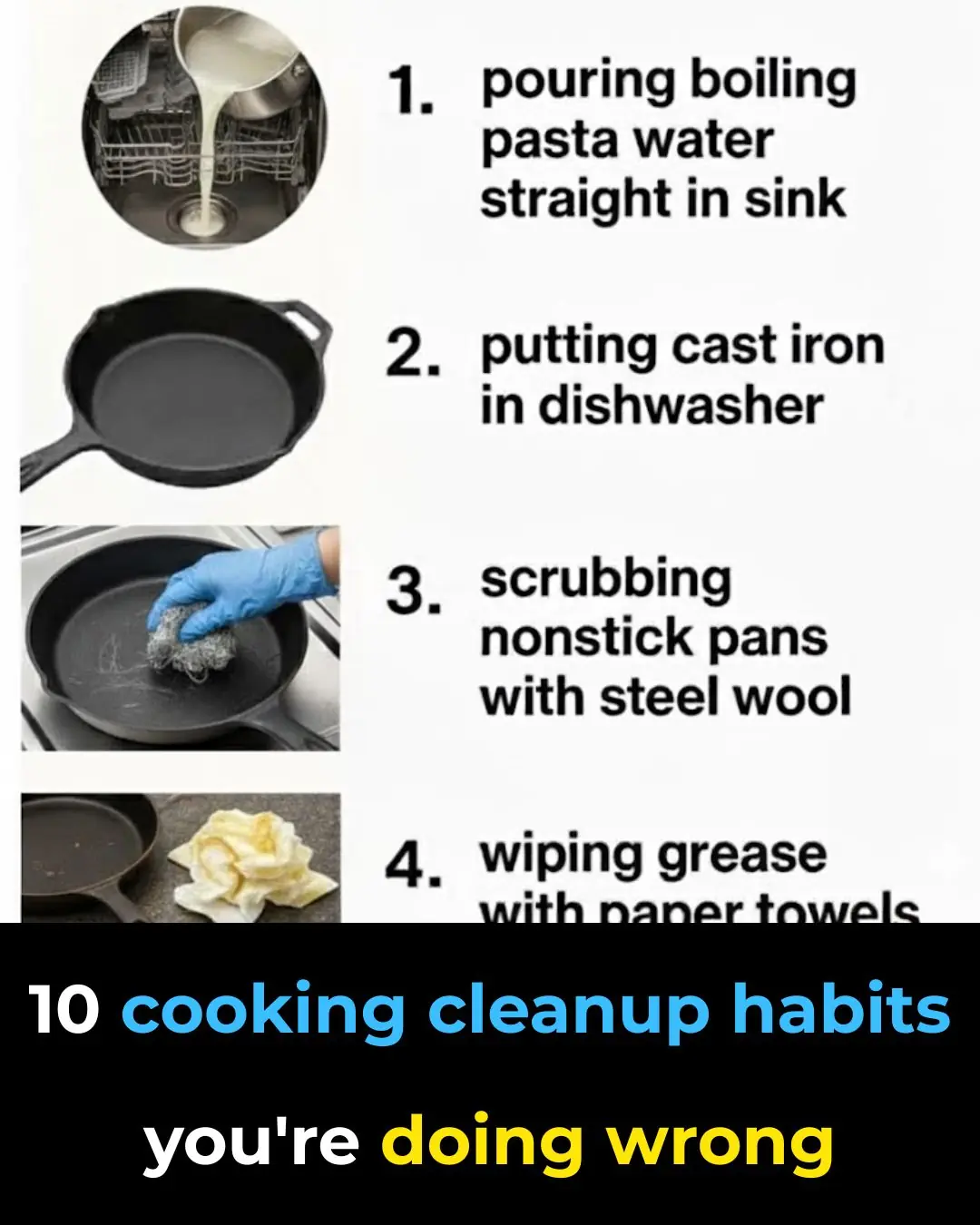
10 cooking cleanup habits you’re doing wrong
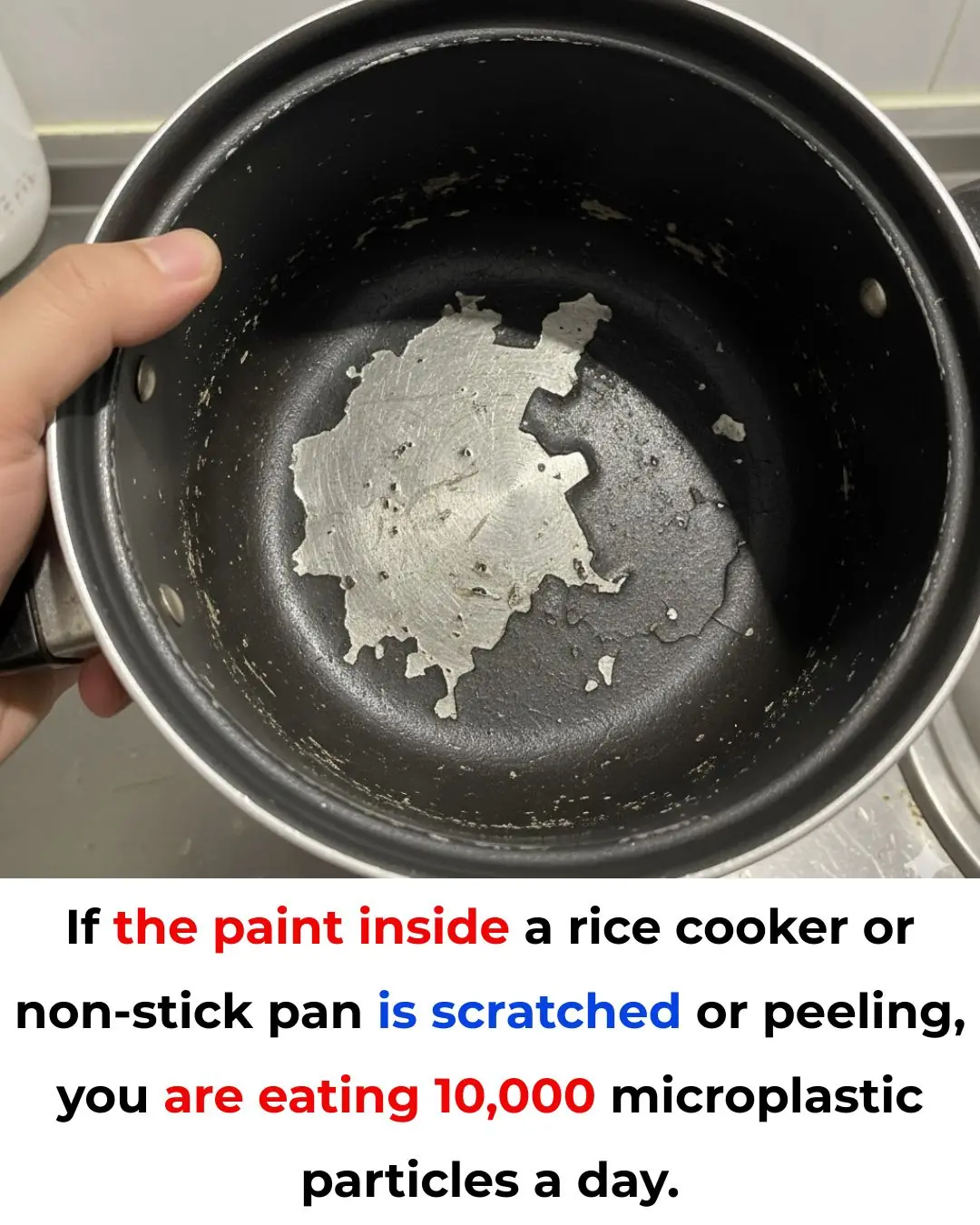
If the Non-Stick Coating on Your Pan or Rice Cooker Is Scratched, You’re Eating 10,000 Microplastic Particles a Day
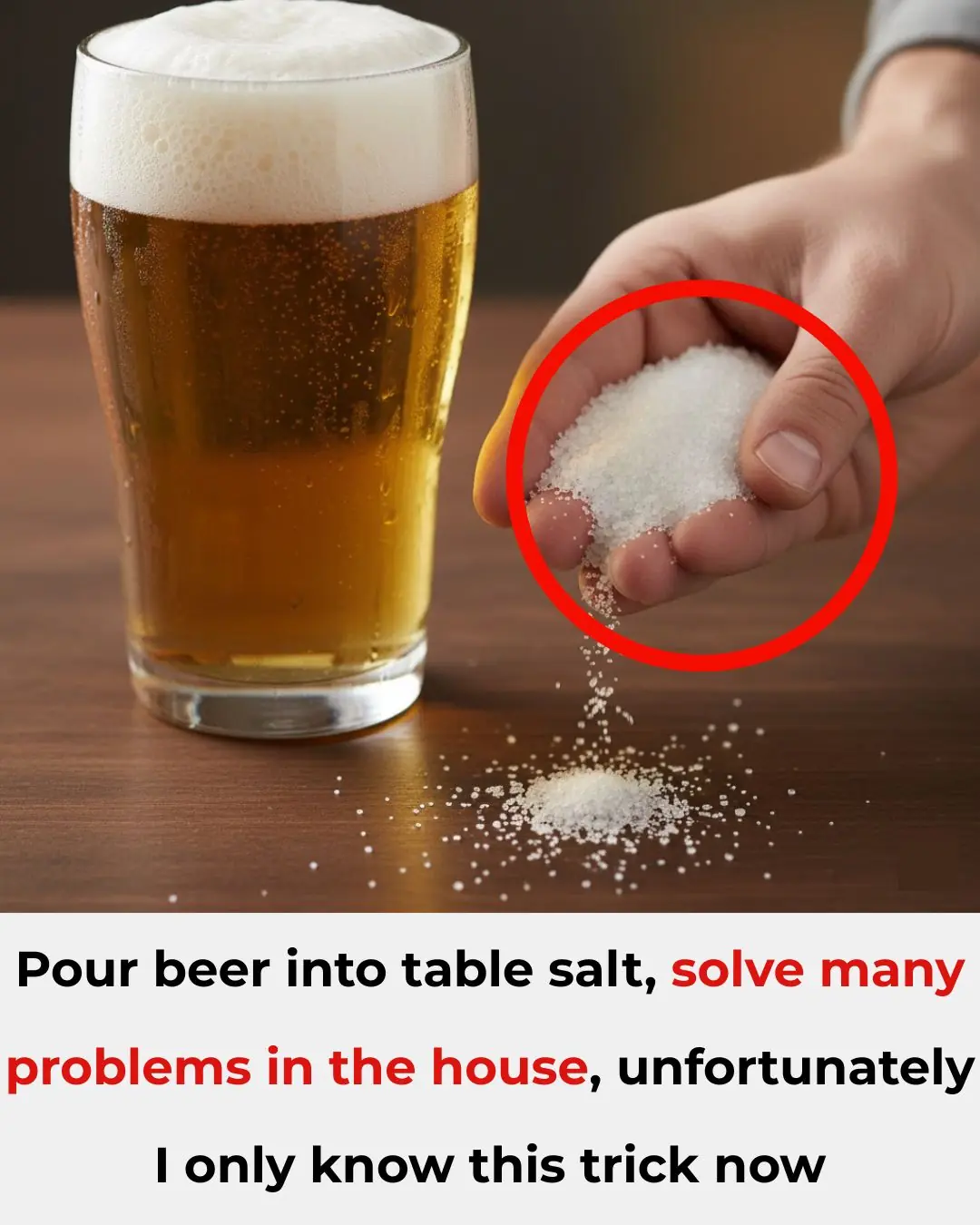
Pouring Beer Into Table Salt? It Solves So Many Household Problems — I Wish I’d Known This Trick Sooner!
News Post

Rock Star’s Family Devastated As Common Symptom Leads To ER Visit And Aggressive Cancer Diagnosis

Tammy Slaton Shocks Fans With Stunning Weight Loss Photos—Inside Her Transformation

Doctors Feared Baby Had a Mouth Tumor—But the Real Cause Left Everyone Stunned

31-Year-Old Father Warns Others After Subtle Symptoms Lead to Colon Cancer Diagnosis

35-Year-Old Man Dubbed the “Modern Dorian Gray” Reveals His Unusual Secrets for Staying Youthful

7-Eleven Manager Allegedly Suffocates Employee During Shift—Victim Dies Days Later
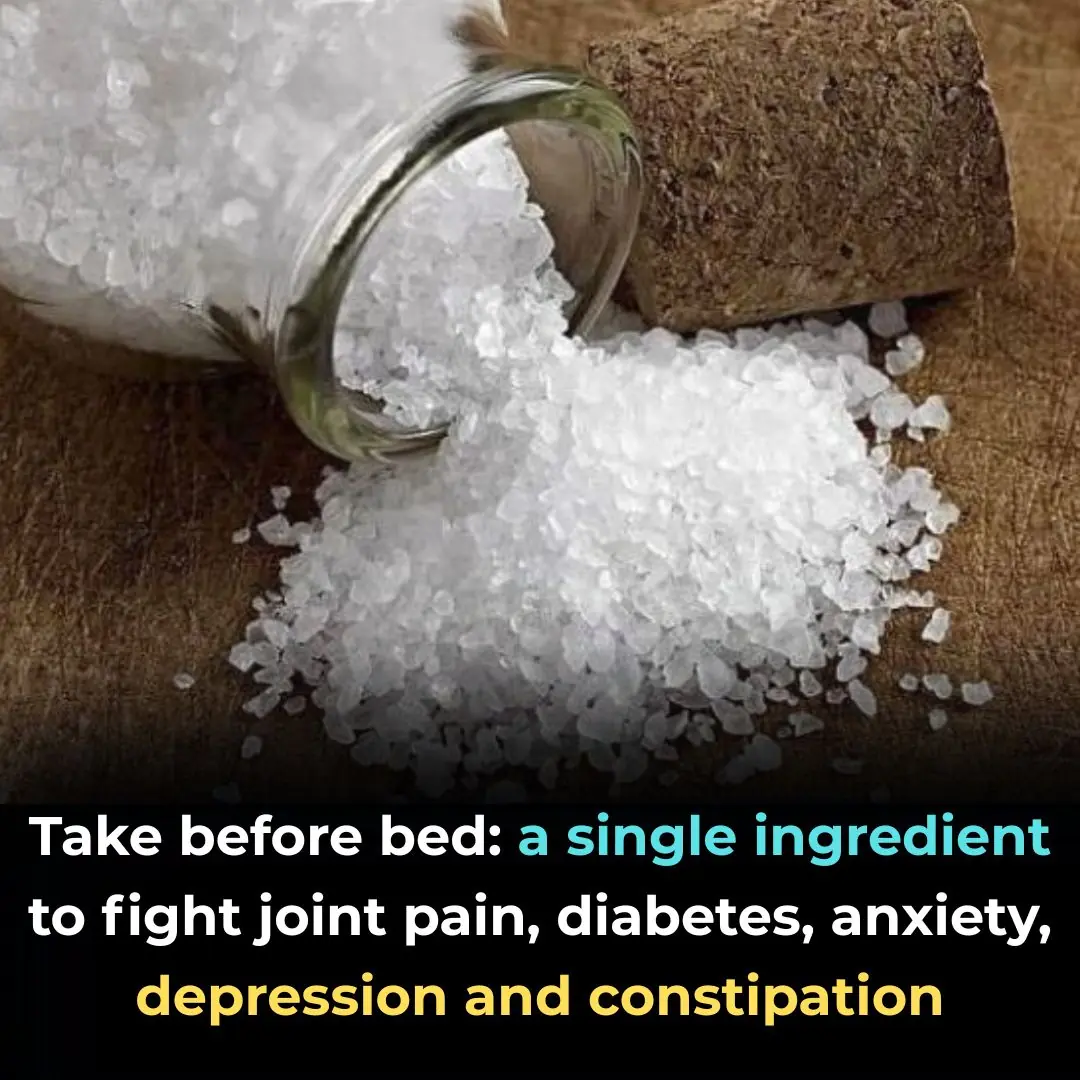
Take This Before Bed — and Wake Up Transformed

The Ultimate Healing Tonic: A Powerful Natural Drink for Swollen Feet, Diabetes & Poor Circulation

Stop This Dangerous Habit Before Your Phone Explodes!

Women Who Age Quickly & Have Shorter Lifespans Often Do These 4 Things at Night — How Many Are You Guilty Of?

Eating Fish “for Ultimate Strength” — 30-Year-Old Woman Diagnosed with Premature Ovarian Failure, Body Full of Mercury

42-Year-Old Man Dies of Stroke Despite No Smoking or Alcohol — Doctor Warns: “How Dare You Eat This Every Day!”

“Doctor warns: 3 beauty habits you might think are harmless — but that could speed up cancer development!”

Boil Perilla Leaves with a Few Stalks of Lemongrass — Your Body Gets These 7 Excellent Benefits

Everyone Fears Diabetes — But Diabetes “Fears” These 5 Foods the Most

Objects That May Be Harming Your Health Without You Noticing

Drinking Plantain Leaf Tea: 5 Powerful Health Benefits for Your Body
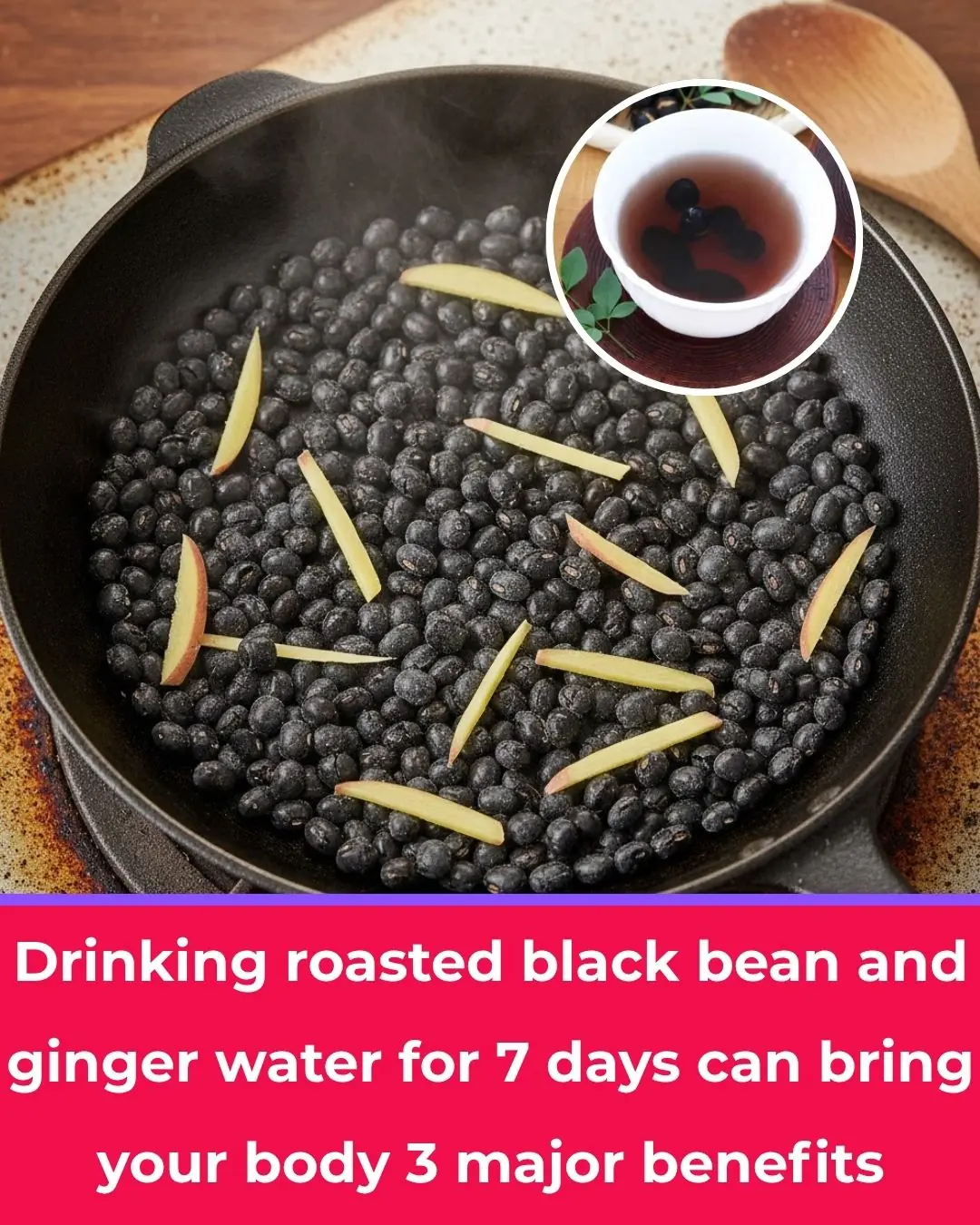
Drink Roasted Black Bean and Ginger Tea for 7 Days — Your Body Will Thank You with 3 Amazing Benefits
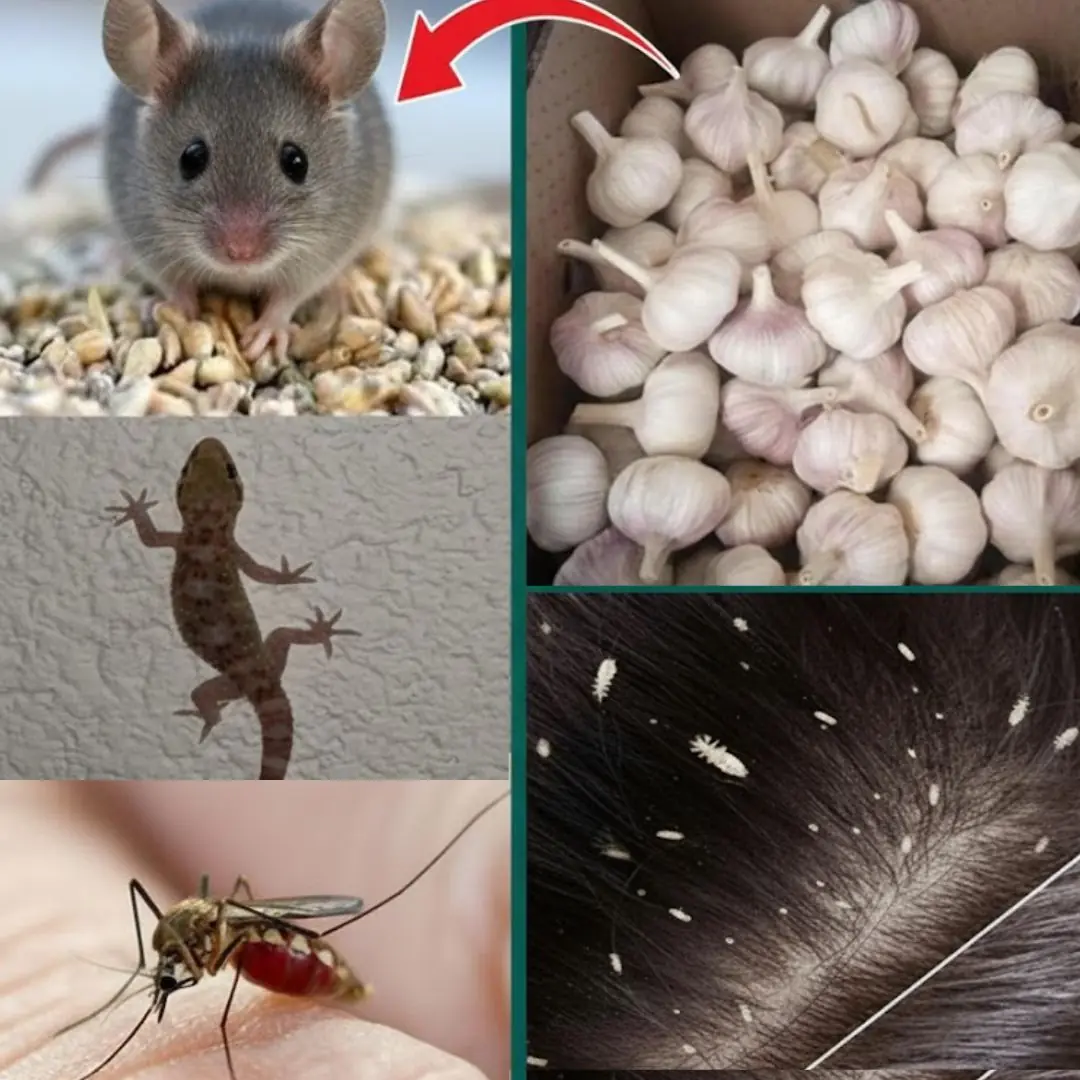
Garlic: The Natural Weapon Against Pests You Probably Forgot About
